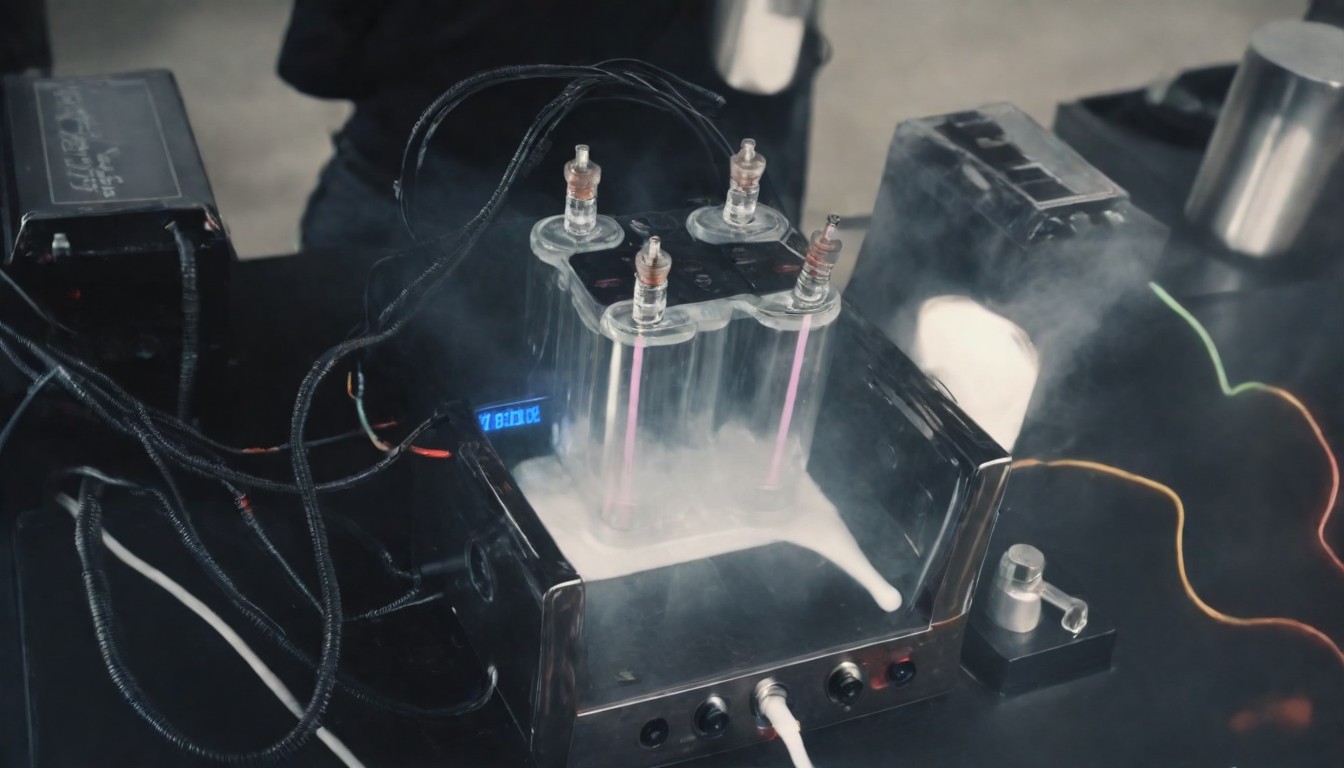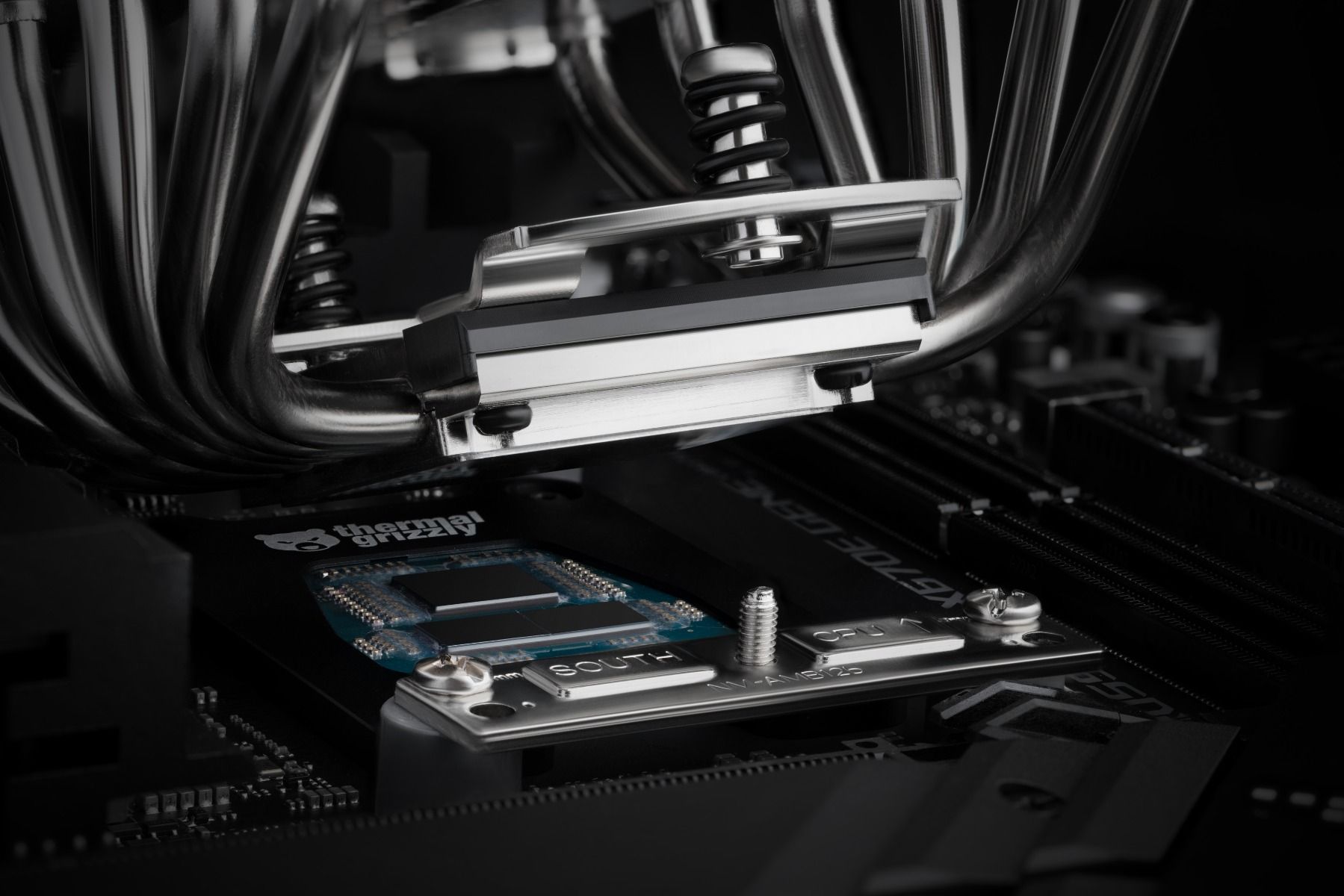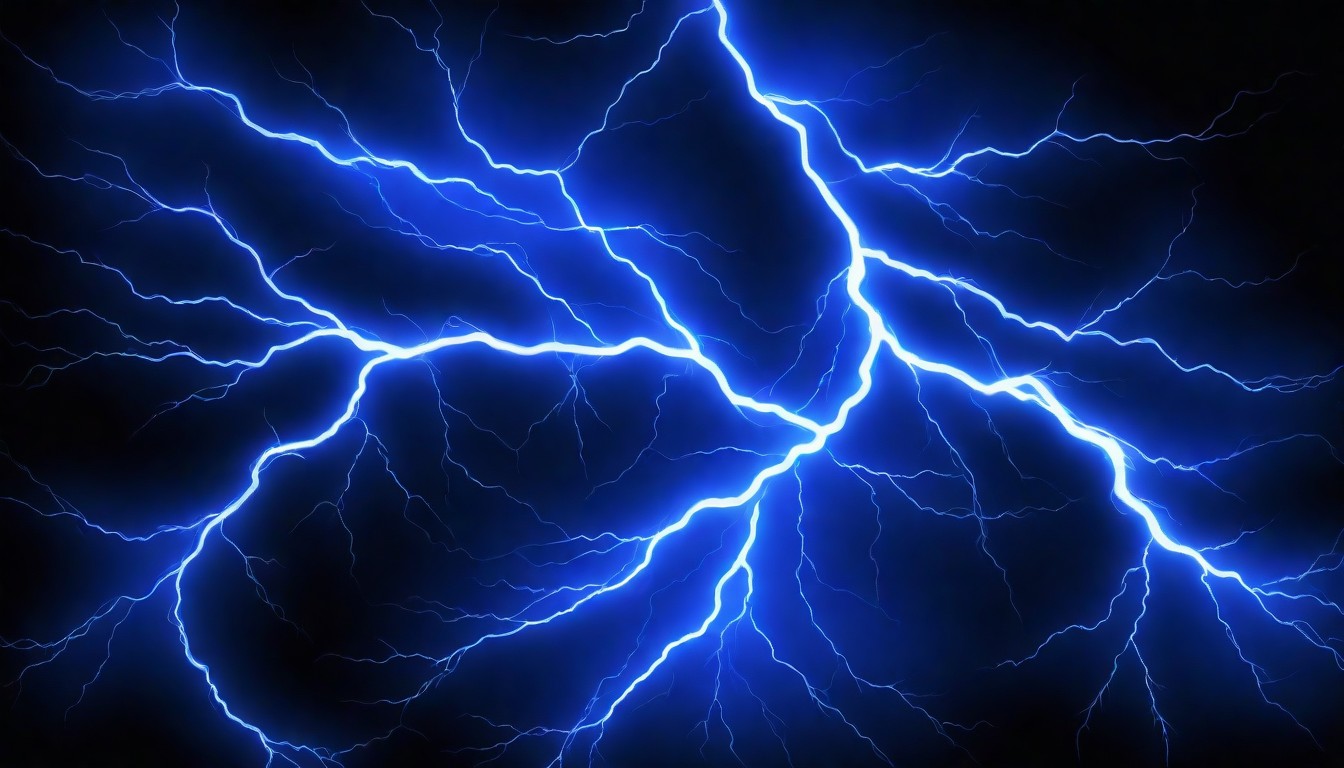
Exploring GPU Work Graphs – The Answer to CPU Bottlenecks?
In the dynamic world of gaming technology, innovation never sleeps. One of the latest breakthroughs captivating developers’ attention is GPU Work Graphs—a revolutionary paradigm set to transform how graphics are processed. But what exactly are GPU Work Graphs, and why should young gamers be excited about them?
Imagine this: you’re in the heart of a virtual battlefield, the adrenaline pumping as you navigate through intense action scenes. Suddenly, your CPU-bound gaming rig struggles to keep up with the demand, causing frustrating lags and stutters. Enter GPU Work Graphs, the game-changer that could breathe new life into your gaming experience.
At its core, GPU Work Graphs empower live shader kernels to dispatch workloads directly to the GPU, bypassing the need for constant CPU intervention. This means more efficient utilization of resources, leading to smoother gameplay and enhanced performance, even on systems previously bottlenecked by CPU constraints.
But how exactly do GPU Work Graphs accomplish this feat?
- Direct Problem Solving: By enabling more direct methods of solving complex problems, GPU Work Graphs empower developers to offload tasks traditionally handled by the CPU onto the GPU. This not only streamlines the rendering process but also opens doors to unprecedented levels of graphical fidelity and immersion.
- Memory Optimization: Traditional rendering pipelines often grapple with memory constraints and inefficient cache utilization. GPU Work Graphs alleviate these issues by optimizing resource allocation, resulting in faster load times, seamless transitions, and a more immersive gaming experience.
- Simplified Dependencies: Inter-pass dependencies and barrier-induced complexities can significantly hamper rendering performance. GPU Work Graphs simplify these dependencies, allowing for smoother data flow and eliminating bottlenecks that once plagued CPU-bound systems.
- Enhanced Thread Saturation: With GPU Work Graphs, developers can achieve optimal thread saturation, ensuring that the GPU operates at peak efficiency. This means faster frame rates, reduced input latency, and an overall smoother gaming experience for players.
In essence, GPU Work Graphs revolutionize the way CPUs and GPUs collaborate, unlocking untapped potential and paving the way for next-generation gaming experiences. But here’s the catch—this groundbreaking technology won’t yield immediate benefits unless game developers embrace it.
For young gamers eager to squeeze every ounce of performance from their rigs, the adoption of GPU Work Graphs by game developers holds the promise of enhanced gameplay, breathtaking visuals, and seamless immersion. However, patience is key as developers integrate this cutting-edge technique into their titles through patches and updates.
As the gaming landscape continues to evolve, GPU Work Graphs stand as a testament to the relentless pursuit of innovation within the industry. So, buckle up, fellow gamers, for the future of gaming is brighter than ever, fuelled by the power of GPU Work Graphs and the boundless creativity of developers worldwide.



